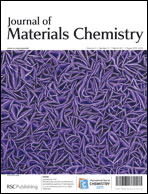Polymeric hydrogels are a most interesting class of “soft matter” with several established and many more possible applications as functional materials. In this review we will focus on the combination of polymeric hydrogels and porous membranes which leads to composites with promising functionality for, e.g., mass separations, sensing and analytics, (bio)catalysis, biomedical engineering and micro-system technologies. The combination of a rigid porous membrane with a soft functional hydrogel by a suited preparation technique enables that the functionality of the hydrogel can be applied in a unique way. The most important preparation strategies for hydrogel composite membranes, i.e., pore-filling, various surface-grafting methods and combinations thereof, will be discussed. The structural diversity of the hydrogels is based on the use of a wide range of synthetic monomers, but biopolymers or their derivatives can also be applied. The interplay of the membrane pore structure, the structure of the hydrogel and the distribution of the hydrogel in the pore space can lead to different types of composite membranes with completely different potential applications. The focus will be on promising examples for the various types of functional composite membranes, i.e., macroporous membrane adsorbers, anti-fouling filtration membranes, hydrogel-based ultrafiltration membranes, other separation membranes with pore-filling hydrogel as selective material, stimuli-responsive membranes and porous membrane valves and gates, as well as biocompatible or bioactive membranes.


 Please wait while we load your content...
Please wait while we load your content...